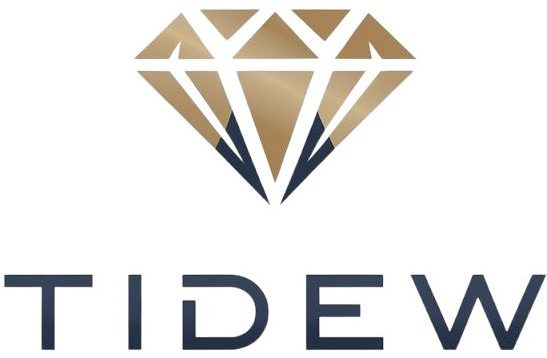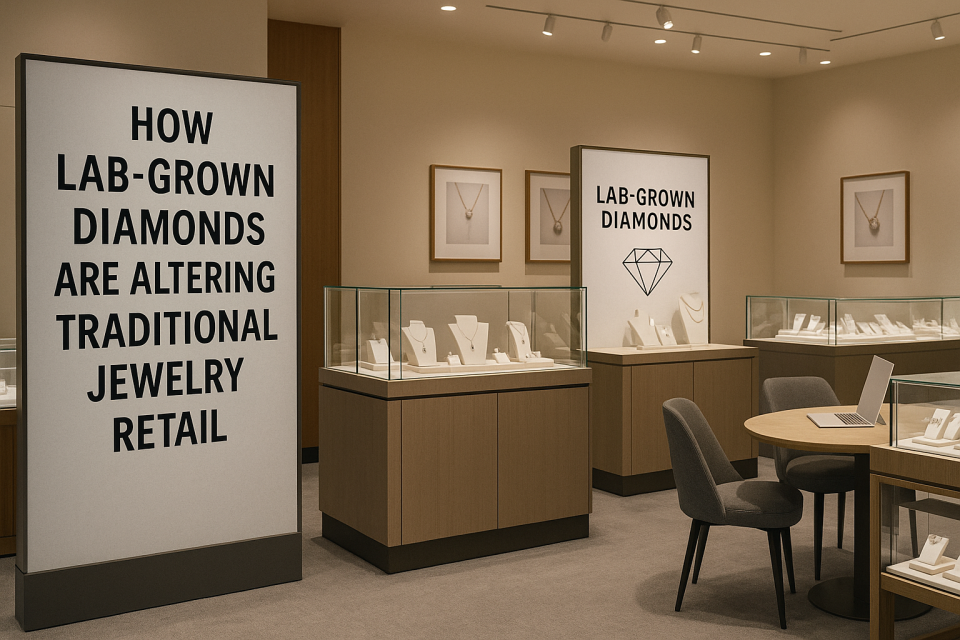Introduction
For decades, the jewelry retail industry has operated on well-established models: premium mined diamonds, brick-and-mortar flagship stores, and exclusive, relationship-driven selling. This formula focused on scarcity, heritage, and luxury status. However, the rapid growth of lab-grown diamonds (LGDs) is challenging these norms. Affordable, ethical, and technologically advanced, LGDs are reshaping consumer expectations and forcing retailers to rethink how they design, market, and sell jewelry.
According to a 2025 industry report, the global lab-grown diamond market is projected to reach $37 billion by 2030, with a CAGR exceeding 9%. This growth is having ripple effects across traditional jewelry retail, sparking innovation in supply chains, e-commerce adoption, and customer education.
The Core Model of Traditional Jewelry Retail
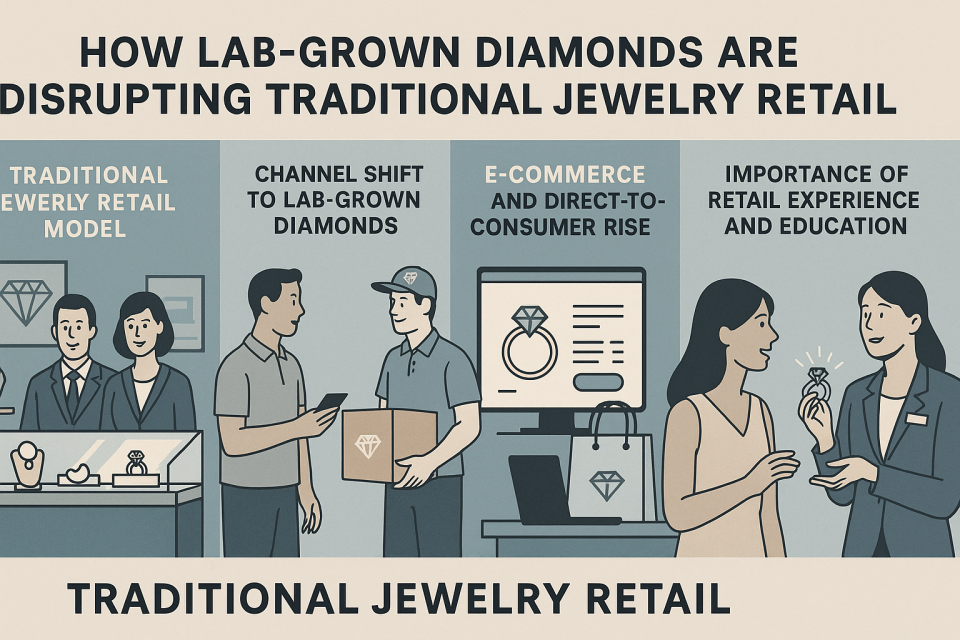
Traditional jewelry retail has historically revolved around:
- Exclusive Brick-and-Mortar Presence: Stores located in premium shopping districts or luxury malls have symbolized trust and exclusivity.
- Dependence on Complex Supply Chains: Sourcing from miners, dealers, and distributors has ensured a consistent flow of mined diamonds but also led to high markups.
- Brand Heritage and Emotional Marketing: Longstanding players like Tiffany & Co. or Cartier leveraged emotional storytelling around mined diamonds—“A diamond is forever”—to create strong emotional bonds.
This model worked for decades, but it comes with weaknesses: limited price flexibility, slower innovation cycles, and difficulty appealing to younger, more sustainability-focused customers.
Channel Changes Driven by Lab-Grown Diamonds
Lab-grown diamonds disrupt this structure by introducing new sourcing and pricing dynamics:
- Shorter Supply Chains: LGDs are grown in controlled facilities, eliminating dependence on mining regions and middlemen. This reduces costs and enables transparent pricing models.
- Scalable and Flexible Supply: Consistent quality and production scalability mean retailers can launch trend-driven designs faster.
- Democratized Access: Lower prices make high-quality diamond jewelry accessible to middle-income and younger demographics who may have postponed diamond purchases before.
Example: A major U.S. jewelry chain reported a 22% increase in diamond jewelry unit sales after introducing a lab-grown diamond collection, demonstrating how affordability drives new demand.
The Rise of E-Commerce and Direct-to-Consumer Brands
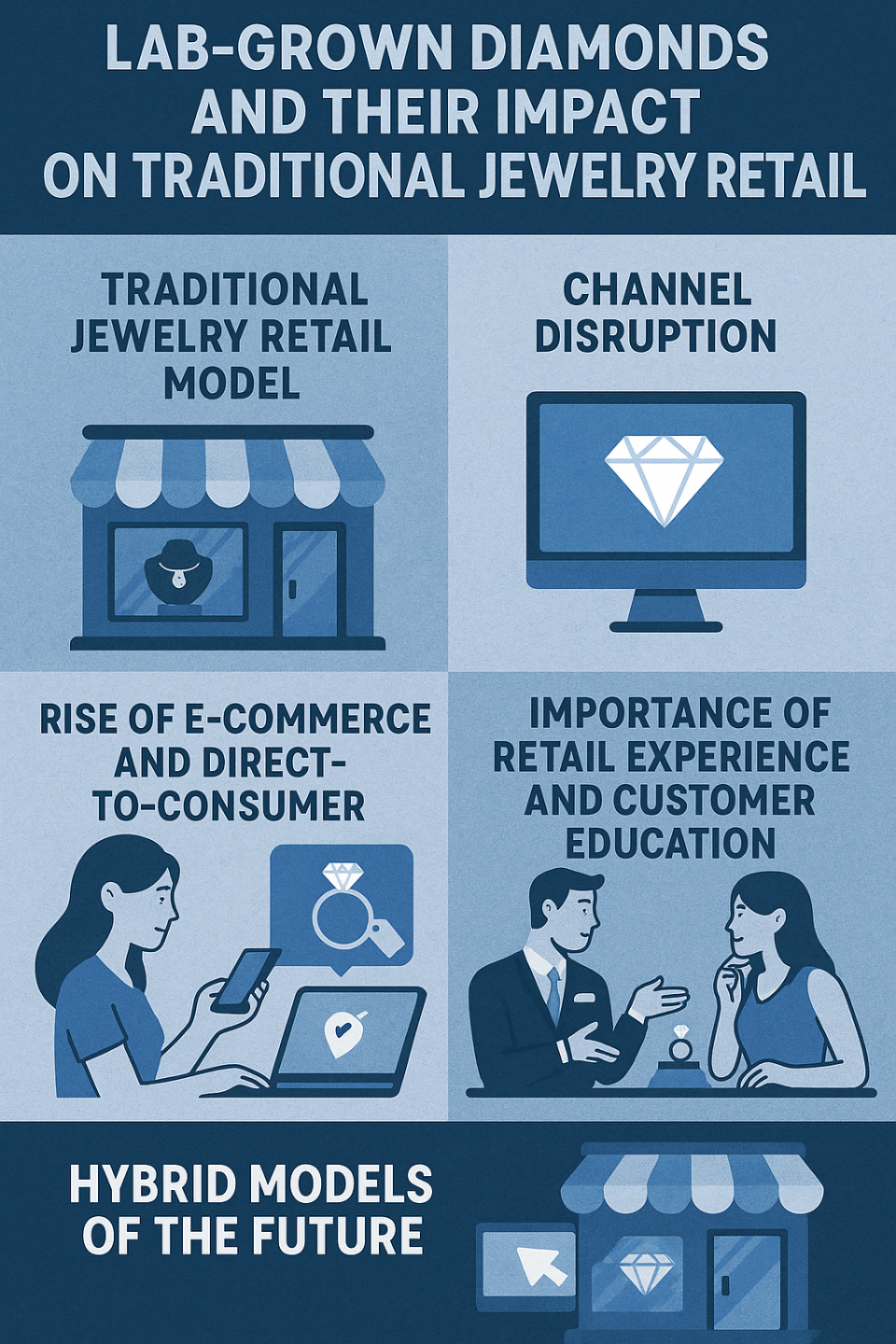
The shift toward online shopping was already underway, but lab-grown diamonds accelerated the trend:
- Direct-to-Consumer (DTC) Models: Brands like Vrai and Clean Origin bypass wholesalers, selling directly online with transparent pricing and customizable design options.
- Digital Innovation: Online platforms offer 3D rendering, augmented reality try-ons, and AI-driven recommendation engines, helping consumers explore designs virtually.
- Global Reach Without Heavy Infrastructure: Startups can quickly build international customer bases without investing heavily in physical retail networks.
Impact Data: Research shows online sales of lab-grown diamond engagement rings grew by 35% in 2024 alone, with over half of customers under 35 years old reporting they felt more comfortable buying diamonds online than five years ago.
Retail Experience and Customer Education
Even with online growth, physical retail still matters:
- Hands-On Comparisons: Consumers new to lab-grown diamonds often want to see and feel the difference (which is virtually indistinguishable) compared to mined stones.
- Trust and Transparency: In-person interactions allow jewelers to explain production methods, environmental benefits, and pricing, building confidence.
- Experiential Store Design: Some retailers are reinventing physical stores as “experience centers” showcasing sustainability exhibits, behind-the-scenes diamond-growing videos, and interactive jewelry design workshops.
Example: A European jewelry brand created a “Sustainability Lab” in-store, where customers learn about carbon footprints and ethical sourcing. This increased customer dwell time by 40% and boosted sales conversion rates.
Hybrid Jewelry Retail Models: The Future
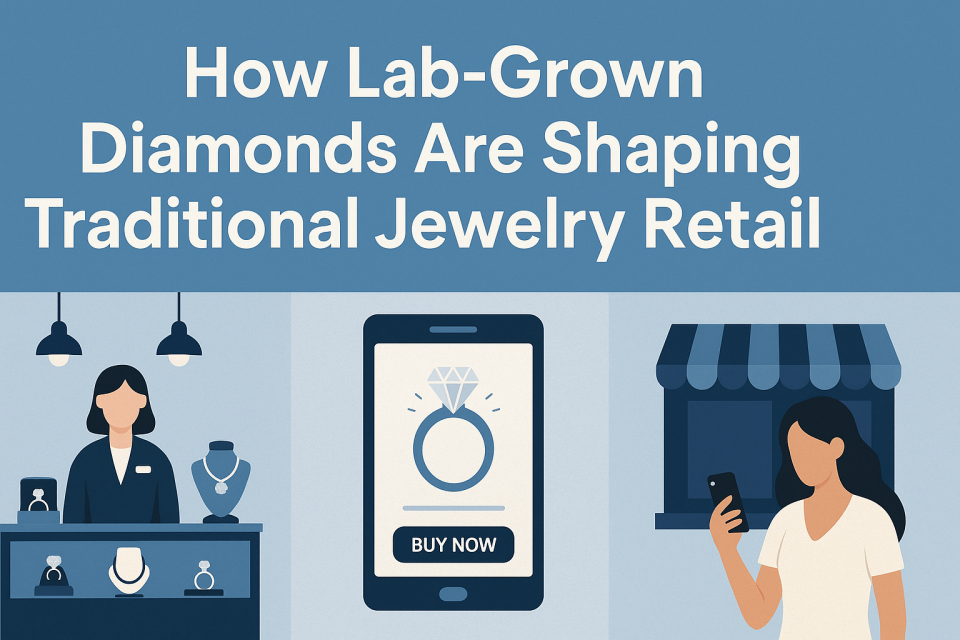
The future is neither fully online nor fully offline—it’s hybrid:
- Omnichannel Engagement: Customers may browse products online, book appointments, and finalize purchases in-store or vice versa.
- Personalized Experiences: Data-driven CRM systems help retailers deliver tailored recommendations and post-purchase services.
- Sustainability as a Core Value: Brands integrating environmental responsibility and transparent sourcing appeal more strongly to Millennials and Gen Z.
Forecast: By 2030, hybrid jewelry retail (combining online personalization and in-store experiences) is expected to account for 65% of all jewelry sales globally.
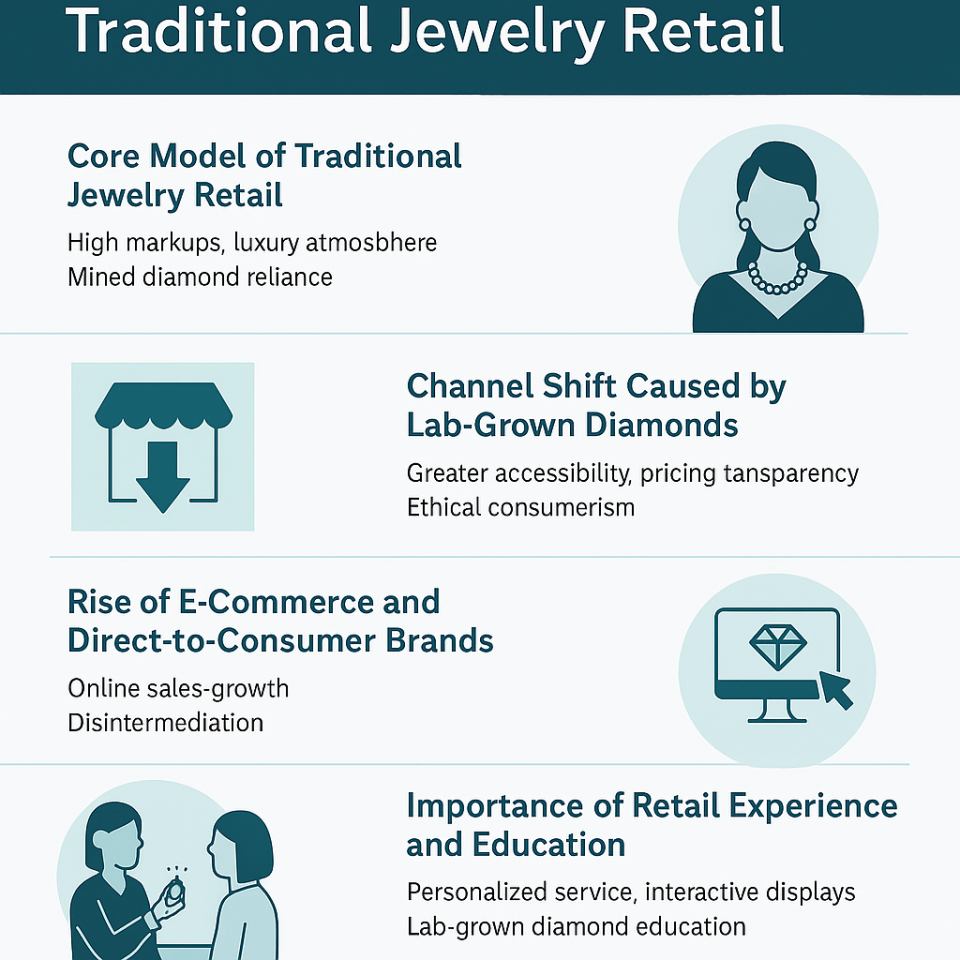
Conclusion
Lab-grown diamonds are more than just an alternative gemstone—they are a catalyst for retail innovation. By reducing reliance on complex mining supply chains, enabling digital-first models, and emphasizing customer education, LGDs are pushing the jewelry industry toward transparency, sustainability, and inclusivity.
For traditional retailers, this shift presents both a challenge and an opportunity: those who adapt to hybrid retail, embrace digital tools, and educate customers on sustainable choices will lead the next era of jewelry retail.
